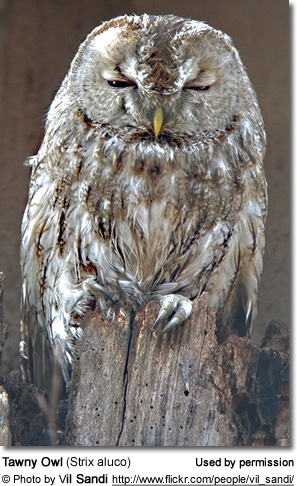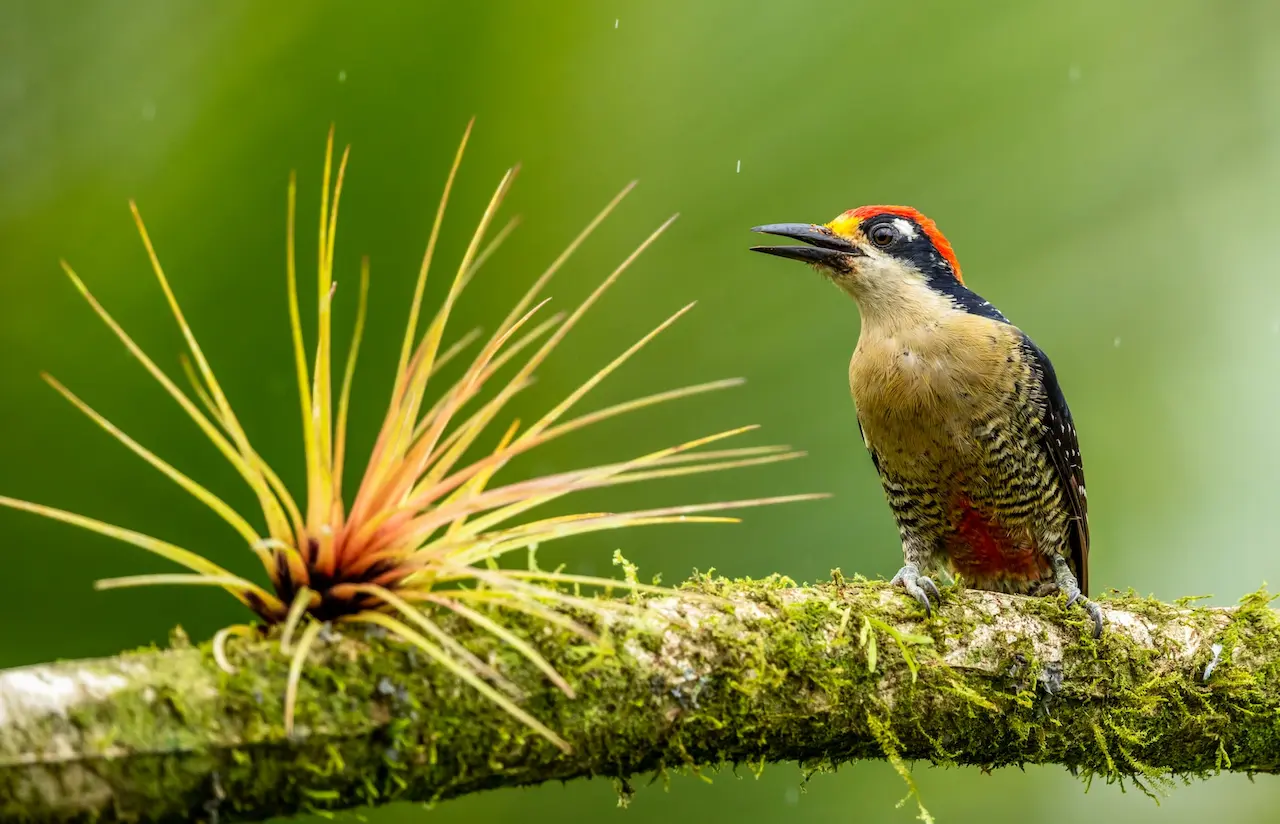Difference in Intelligence Between a Crow and a Raven
Usually viewed and thought of as blackbirds, both crows and ravens are part of the corvid family and aren’t quite the silly ‘bird brains’ we presume them to be.
Not only playful and mischievous, these birds are said to be one of the most intelligent species on earth.
But, defining intelligence is a tricky concept. Either way, ongoing research and intelligence tests are identifying that birds, especially corvid species such as ravens and crows, are far more intelligent than we assume.
But what makes them so smart? The article will explore the brain functions of these birds and understand their individual intelligence by comparing their complex behaviors.
Could these commonly spotted avian species be capable of outsmarting you?
Bird Intelligence
Like any human or animal, there are smarter or more intelligent individuals compared to others.
However, focusing on the avian species, ornithologists have concluded that corvids (which is the family including both crows and ravens) are some of the smartest species of bird.
After studying these species for long periods of time, scientists are now able to figure out whether the actions of particular species are intelligence and not just instinct.
Intelligence can be defined as ‘the ability to learn or understand or to deal with a new or trying situation and to apply knowledge to manipulate one’s environment’. Crows and ravens certainly prove to be intelligent species, which will be explored later in the article.
But with a brain the size of a walnut, how can this be?
Inside a Bird’s Brain
Birds are known to lack a neocortex and they were oftentimes presumed to be stupid.
‘What’s a neo cortex?’ I hear you ask.
The neocortex is the outer layer of the brain that enables mammals to complete complex behaviors such as thinking, being creative, and socializing.
Instead of this structure, new findings suggest that birds have a dorsal ventricular ridge, a dense collection of cells that gives these birds a sense of consciousness and cleverness.
Physical Differences Between a Raven and a Crow
The biggest immediate differences between these two birds are their sizes and sounds. You may think that’s pretty obvious but very few people would know what to look or listen out for.
Ravens are the bigger bird with a wingspan of around 40 inches whereas crows are known to be a similar size to a pigeon with a smaller wingspan.
However, when it comes to sound, crows have been studied and concluded to have over 250 different sounds and calls. These calls are said to sound like a ‘caw caw’ whereas ravens have a much deeper solitary sounding call.
In comparison physically, ravens have more feathers around their head and throat with a much thicker beak than crows.
In flight, crows will flap their wings more often compared to ravens who are recorded to soar and swoop more.
Evidence of Their Intelligence
Like any human, people will be smart in different ways and this is the same for crow and raven species. They prove their brain box abilities by their capacity to create and use tools, recognize human faces, plan ahead, and solve problems.
Need proof? Let’s explore……
Ravens:
Thinking ahead and remembering the best solution to something is said to be a neurological trait unique to humans and great apes only.
However, during an intelligence test, ravens were taught to use a specific tool to open a box to receive a treat.
After a while, they were re-presented with various tools to open the box again. Over 80% of the ravens studied remembered and chose the correct tool in order to open the box.
Research also proves that ravens were ably taught how to barter and receive their favorite foods by picking and exchanging tokens that would grant them their preferred treat at the end.
The researchers stated that not even monkeys were able to solve this experiment giving ravens an intelligence possibly greater than a monkey or other species of ape.
Ravens are also known to be manipulative individuals they call and communicate with predators around them such as wolves. By doing so, the ravens wait and later prey on the carcass as scavengers without putting in any work themselves.
Once they have their own supply of food, ravens have been recorded to pretend to hide food in one particular area and behind structures that obstruct the view of other birds.
This is tactical deception, a sneaky and clever behavior that keeps other birds and animals away from their food supply.
Crows:
Similar to ravens, crows can solve intelligence tests but have different behaviors that scientists have studied over the years.
A learned and very clever behavior exhibited by crows was when they were recorded placing nuts in the middle of the roads and waiting for cars to crush them.
Once crushed, the birds then retrieve the meat of the nut between the red and green traffic lights.
Crows have also been repeatedly recorded to use twigs as tools in order to prize prey out of their hiding places.
To enhance their success, researchers were baffled to find the birds carving hooks on the end of the twig which made them ten times more effective.
Possibly the most interesting aspect of crow’s intelligence could be their ability to identify human faces and hold a grudge.
In 2011, two researchers in Washington wearing identical masks trapped, banded, and released between five to fifteen crows in that area.
Returning two weeks later with the same mask on, around twenty-five percent of crows swoop down on the researcher.
Fifteen months later, over thirty percent attacked the researcher wearing the mask. Lastly, three years later, over sixty percent of the crows were recorded to attack and pester the mask-wearing researcher.
This is said to prove how crows not only remember and attach memories to certain faces but share this feeling through the group and share this learned behavior down generations.
Conclusion
Until the 21st century, birds were not considered as intelligent. With a nut-sized brain how could they possibly be smart, but from studying birds such as the crow and raven, that sure has been proved wrong.
Packed with lots of neurons and cells, these tiny brains enable these birds to exhibit clever and complex behaviors all over the world.
Some behaviors are shared and others stand out to that particular species.
These birds are capable of using tools to reach their prey, manipulate and work alongside other mammals in order to scavenge for food, and remember a human face for years to come.
For some people, it’s discomforting to think that there are other animals out there who operate on a high cognitive level and yet it’s so fascinating and there is so much we still do not know.




